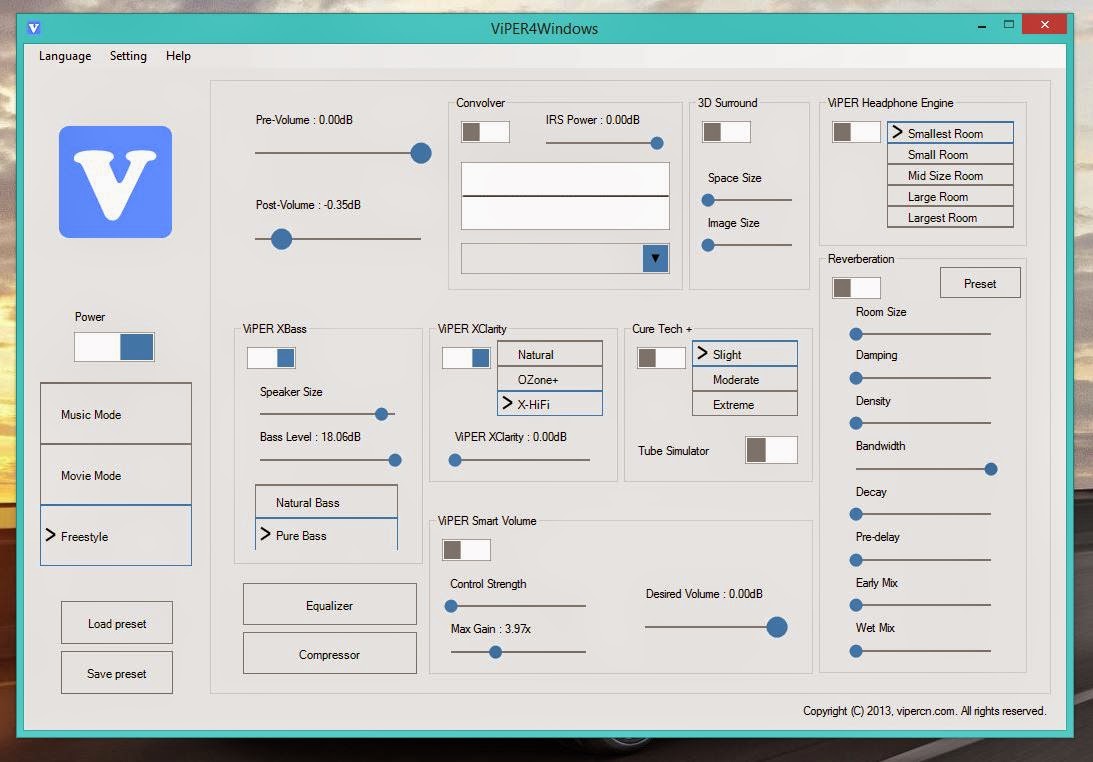pinnahertz
Headphoneus Supremus
- Joined
- Mar 11, 2016
- Posts
- 2,072
- Likes
- 739
No, the statement, though highly generalized, is accurate with respect to the popular perception of what "tube sound" is.Really.... actually I don't realise this at all. Just like solid state digital amplifiers there are tube amplifiers that distort the sound quality in some way and there are those that don't. This statement is an utter load of nonsense. You might prefer solid state digital amplifiers over tube/valve amplifiers but again this does not make the statement held above true.
I completely agree, you can design amps using either SS or tube devices that are capable of uncolored sound. But that's not the point of the "tube sound", is it? Why use tubes if they sound uncolored when you can get that at far less cost and trouble from SS devices?Either way if you design a solid state amplifier and its topology correctly and a tube amp and its topology correctly both systems will be capable of achieving sound without any colouration and without an perceptible distortion all things considered and provided its operating within its capabilities and headroom.
Partially true that the tube sound=distortion comes from instrument amps, and is not true of all valve amps, but if the sound quality associated with valves is what is desired, it comes from increased harmonic distortion, increased IMD, increased noise, and non-flat frequency response. Otherwise it wouldn't sound tube-ish.The idea that valves distort comes from the wanted harmonic distortion from musical instrument amplifiers. This is not the reality of all valve amps. Some people just like to make sweeping generalisations without ever having used a valve amplifier in their life.
I think it's rather presumptuous to state that someone who doesn't share your opinion couldn't possibly have ever used a tube amp.If one is to make a proper comparison of valve vs. digital one must use both systems first. Lots of people like to say things without trying something first. Despite popular opinion neither option is expensive or wrong. There are a lot of vintage valve amplifiers one can have for less than $1000 even less than $500 that will stack up well even today. Price comparison is not the issue here either.
When it comes to high power amps there are significant cost inhibitions in using tubes as the active devices, and a big part of that is the output transformer. Show me a 500W tube amp, I'll show you a very, very expensive cost per watt amp, and quite an inefficient one at that requiring some serious cooling considerations.
Hmmm...that sounds like a pair of 6BM8s per channel, in other words, you have a 10W per channel stereo amp, and thats with 10W at something like 5% THD, assuming a decent output transformer with a relatively high output impedance creating a non-flat frequency response as it interacts with your speaker load. That would be the high distortion and FR issues being referred to as the "tube sound".If we're going to talk about just my personal setup, not preferences or whatever, I have a pentode amplifier in push pull configuration using four 6BM8 and three 12AX7s it sounds nothing like the sweeping generalisations most people have of tube amps and to be fair. I listen to my amp for music reproduction not music distortion. I've heard both, I've got a Marshall JMP stack sitting in my dads living room the thing is, that has a purpose. My valve amp has a completely different purpose.
We're not listening to music to be rock stars here (or at least I'm not) so I really wish the cliche of harmonic distortion and "warmness" would go away.
You don't think that would sound tube-ish up against a SS amp at 200WPC at .1% THD and an output Z around a fraction of an ohm?
Now, if you'd said KT88s so you were around 100WPC at 2.5% THD, then you might have a point to make.













 .
.